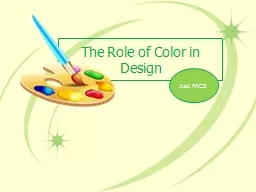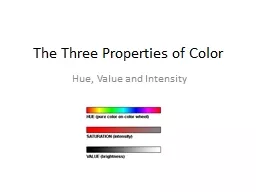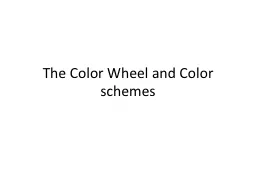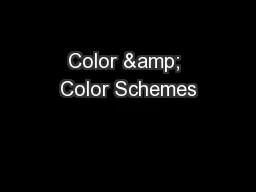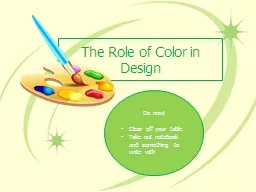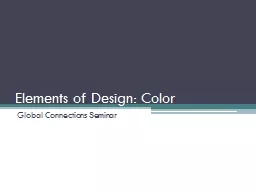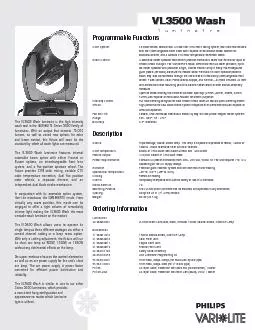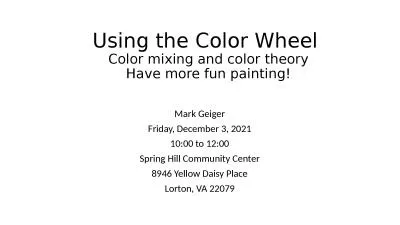PPT-The Role of Color in Design
Author : lois-ondreau | Published Date : 2015-11-10
Just FACS Warm Colors Warm colors red orange and yellow Red and orange conveys the most warmth Warm colors are suitable for areas of high activity such as kitchens
Presentation Embed Code
Download Presentation
Download Presentation The PPT/PDF document "The Role of Color in Design" is the property of its rightful owner. Permission is granted to download and print the materials on this website for personal, non-commercial use only, and to display it on your personal computer provided you do not modify the materials and that you retain all copyright notices contained in the materials. By downloading content from our website, you accept the terms of this agreement.
The Role of Color in Design: Transcript
Download Rules Of Document
"The Role of Color in Design"The content belongs to its owner. You may download and print it for personal use, without modification, and keep all copyright notices. By downloading, you agree to these terms.
Related Documents

